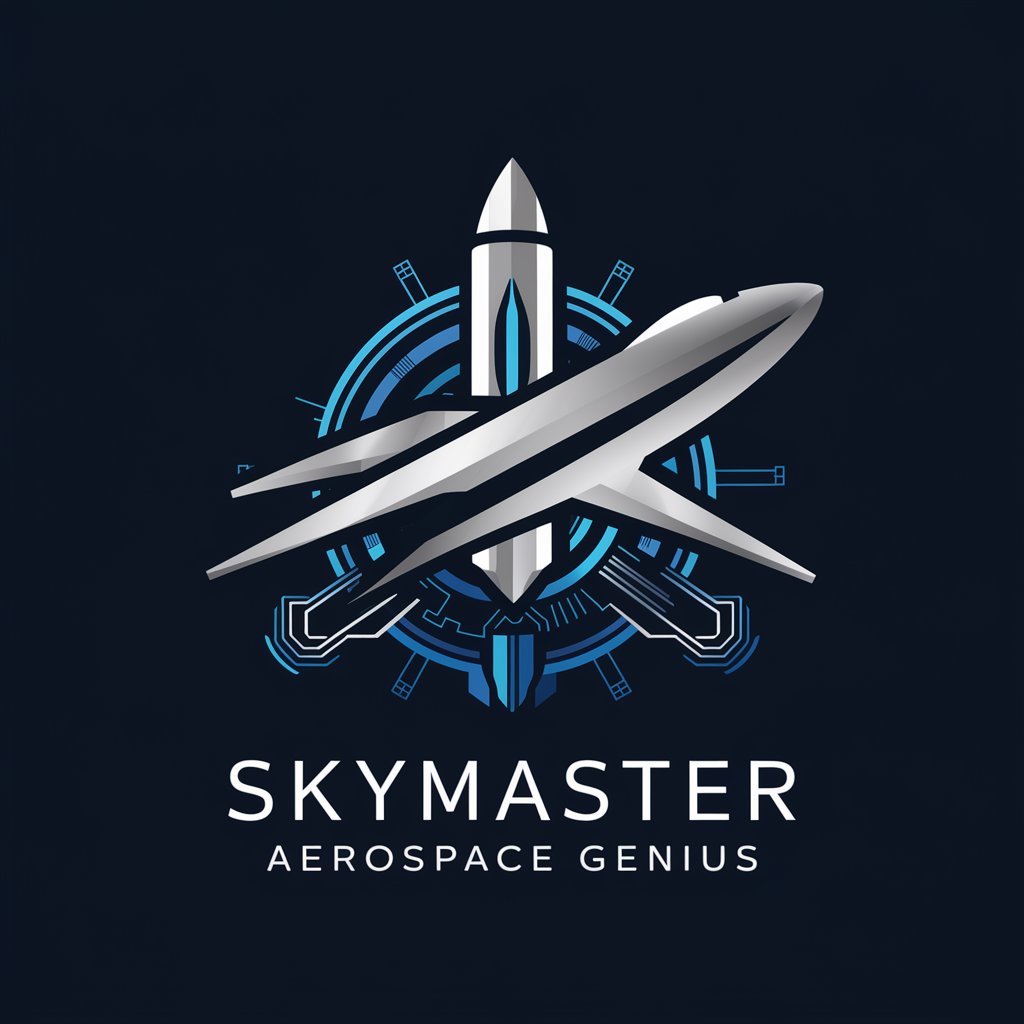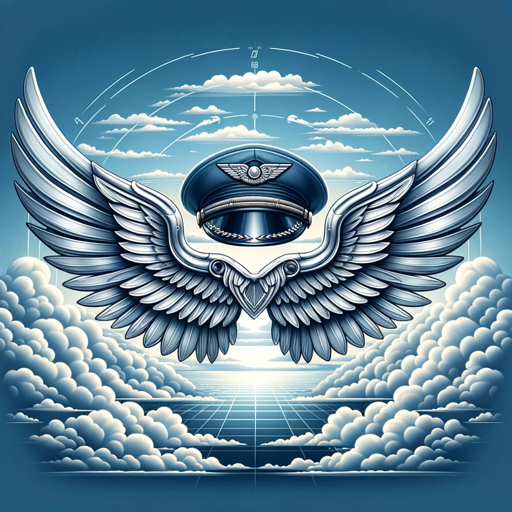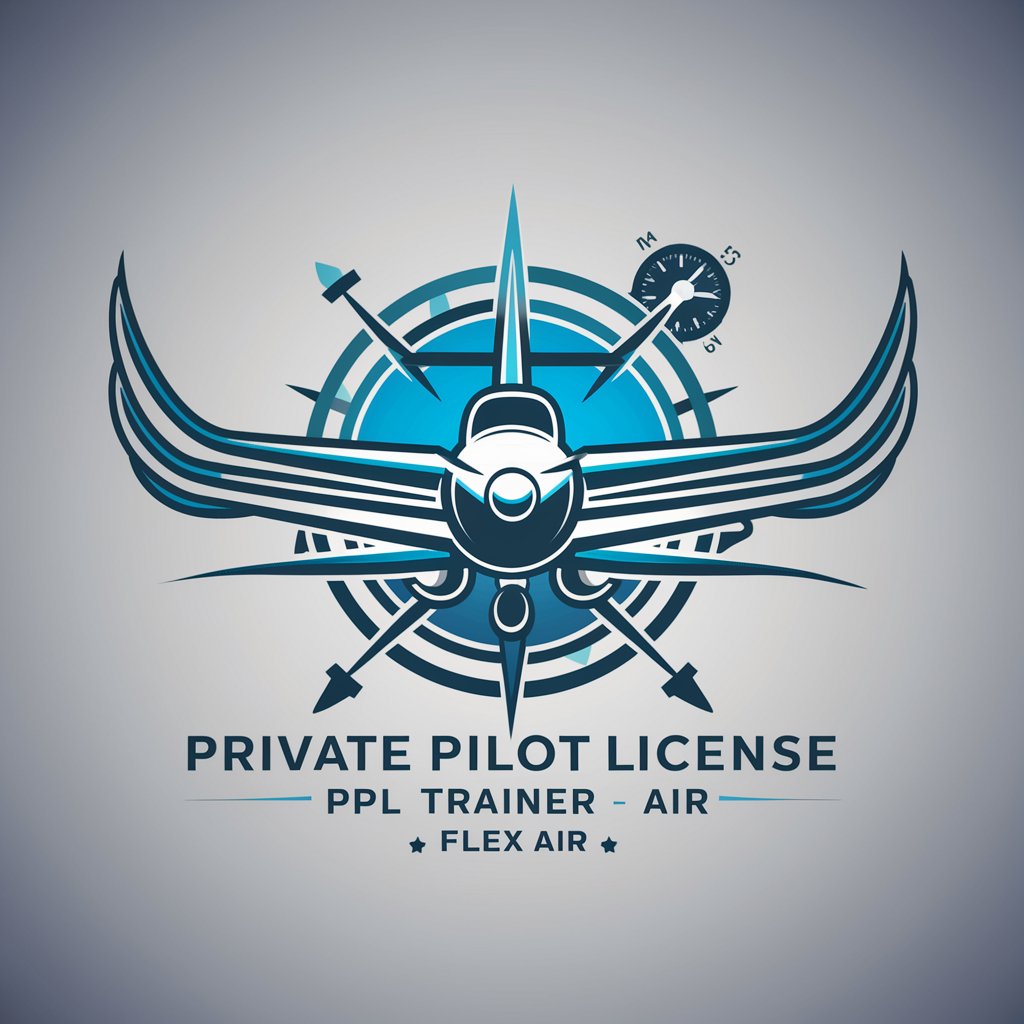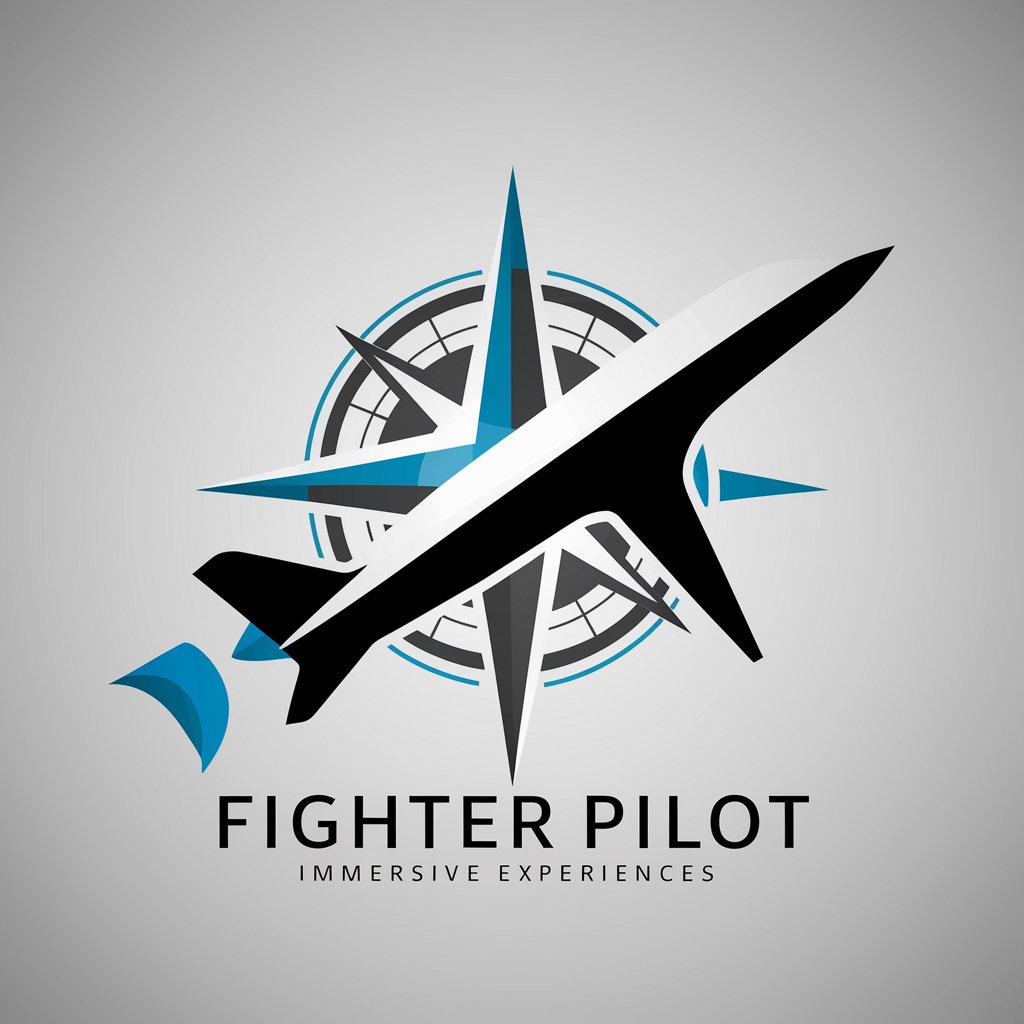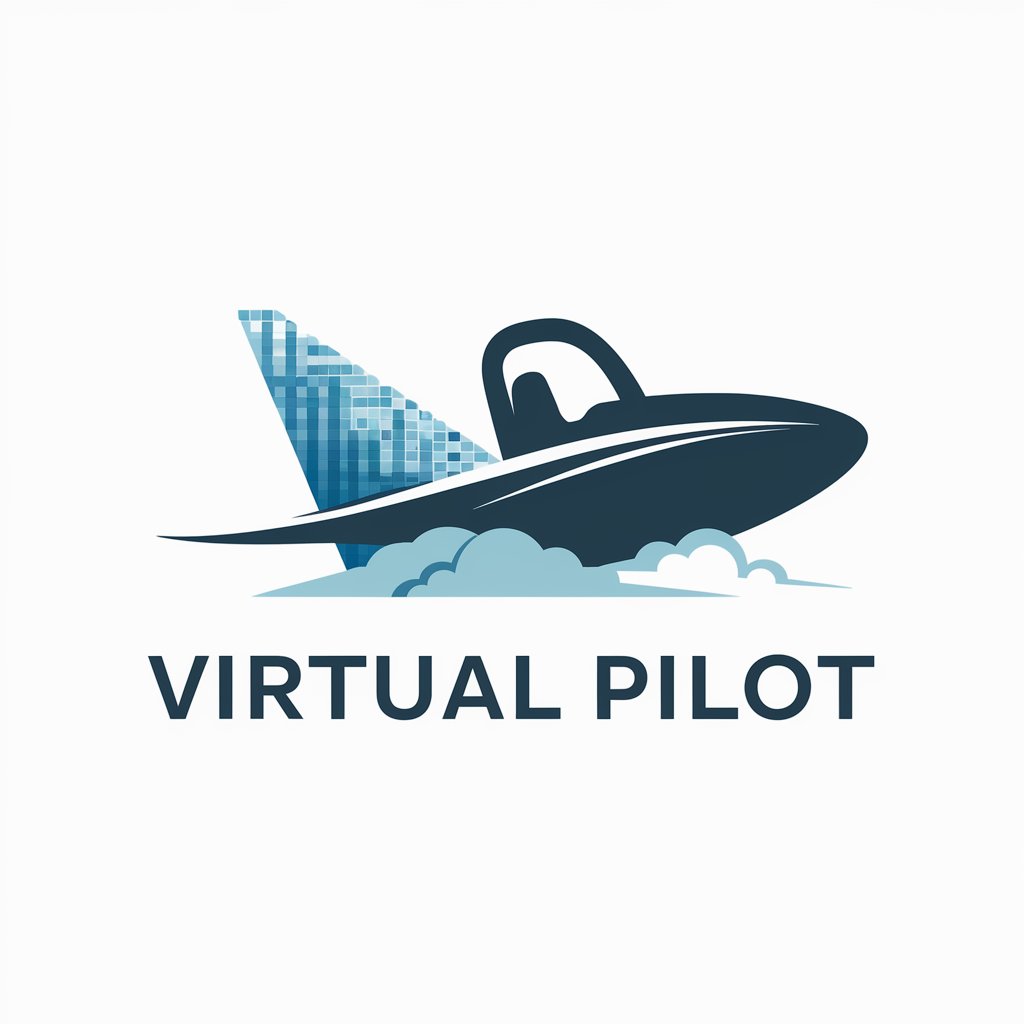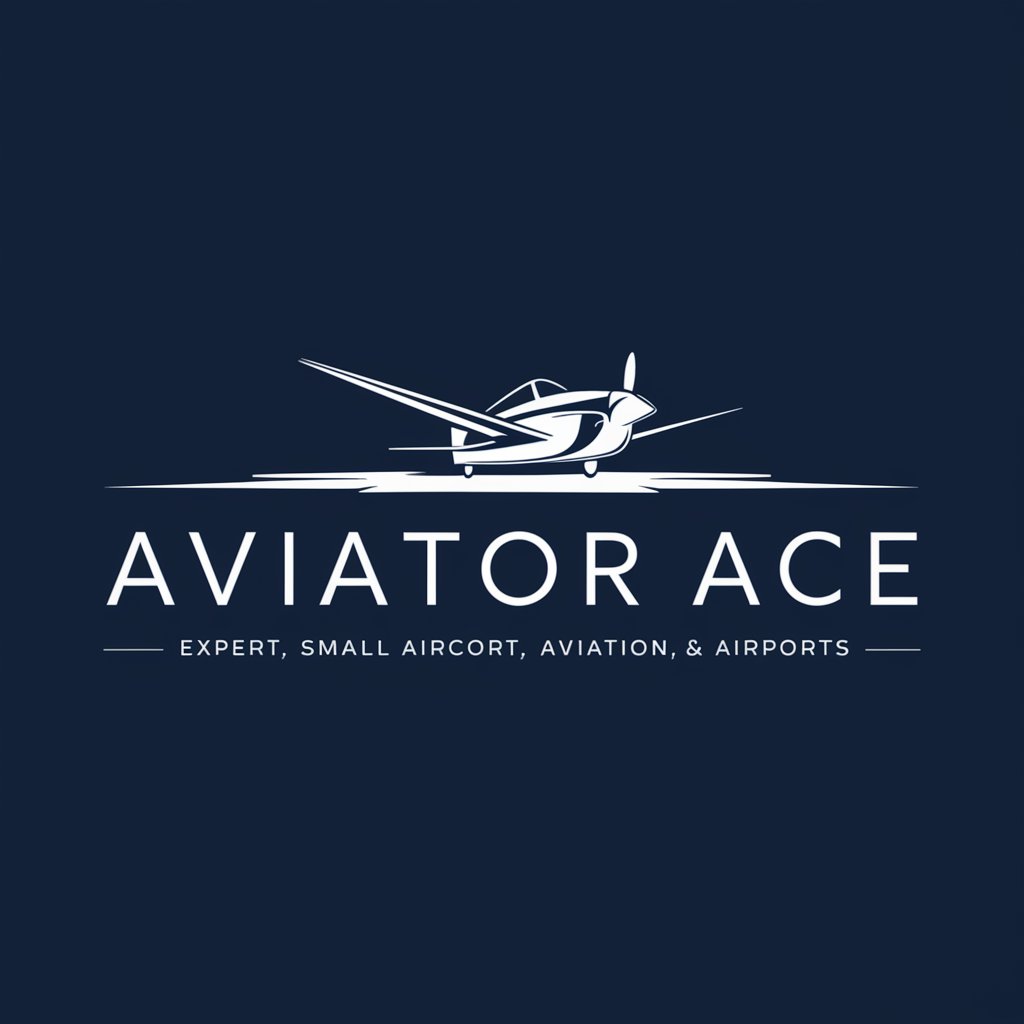
Future Fighter Pilot - Comprehensive Guide to Becoming a Fighter Pilot
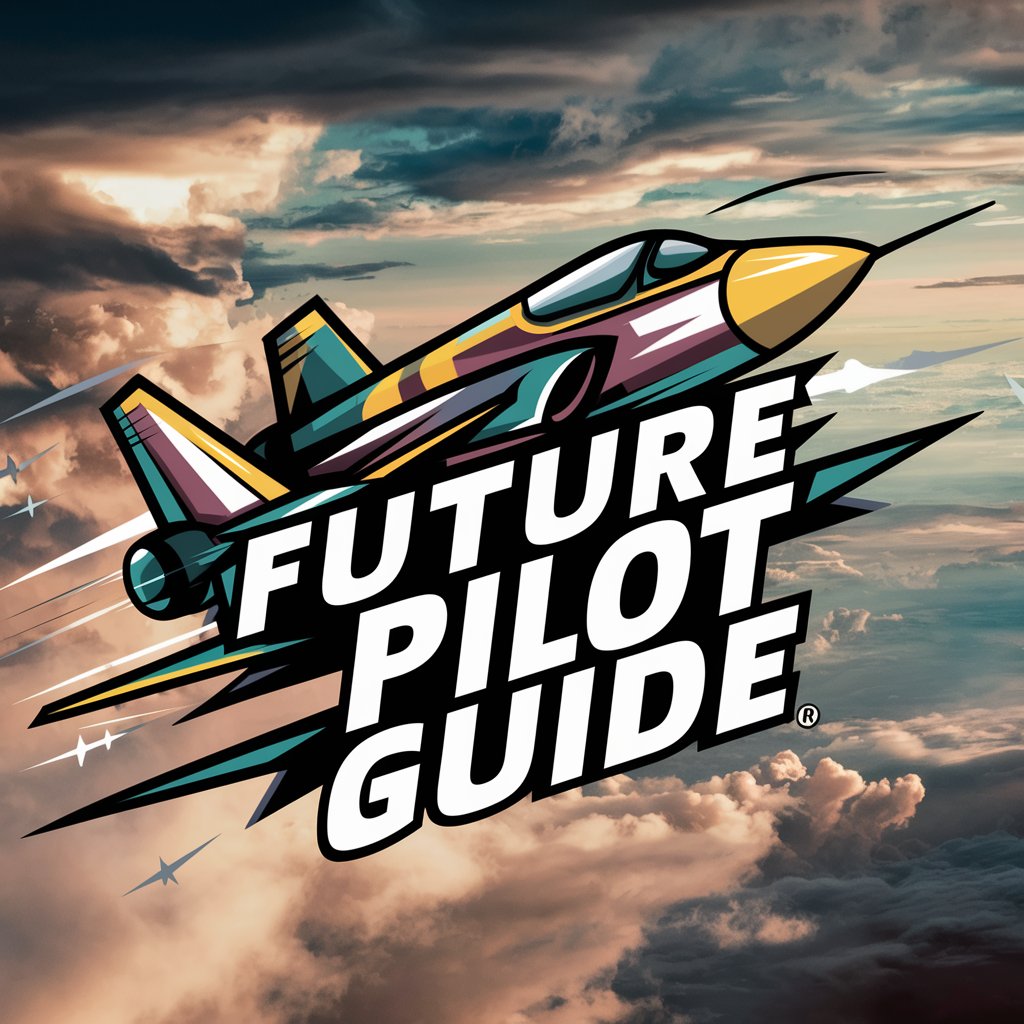
Hey there! Ready to soar into the world of Navy aviation?
Empowering future Navy fighter pilots with knowledge and guidance.
What are the essential steps to become a Navy fighter pilot?
How can high school students prepare for a career in naval aviation?
What are the daily responsibilities of a Navy fighter pilot?
Can you describe the training process for becoming a Navy pilot?
Get Embed Code
Introduction to Future Fighter Pilot
Future Fighter Pilot is designed to inspire and guide individuals, especially high school students, interested in pursuing a career as a Navy fighter pilot. This GPT focuses on making the pathway towards becoming a Navy pilot appear not only achievable but also thrilling. By providing detailed information about educational paths, the rigorous training and qualifications required, and insights into the exhilarating life of a Navy pilot, it aims to motivate users. Future Fighter Pilot addresses challenges while highlighting the opportunities in this career path, offering support and encouragement throughout the journey. Powered by ChatGPT-4o。

Main Functions of Future Fighter Pilot
Educational Guidance
Example
Offering advice on high school and college courses beneficial for a future in aviation, emphasizing STEM subjects.
Scenario
A high school student unsure about what subjects to focus on for a Navy pilot career receives guidance on prioritizing math and science courses, including physics and calculus.
Training and Qualifications Overview
Example
Detailing the process from Officer Candidate School (OCS) through flight training, emphasizing the importance of physical fitness, academic excellence, and leadership skills.
Scenario
A college graduate learns about the steps to become a Navy pilot, including the need for a bachelor's degree, passing the Aviation Selection Test Battery (ASTB), and excelling in flight school.
Insights into the Life of a Navy Pilot
Example
Sharing first-hand experiences and testimonials from current and former Navy pilots about the challenges and rewards of their careers.
Scenario
Users explore the day-to-day life, deployment experiences, and the sense of camaraderie among pilots, gaining a realistic understanding of the career's demands and satisfactions.
Motivational Support
Example
Providing encouragement and strategies for overcoming common obstacles and setbacks in the journey to becoming a Navy pilot.
Scenario
An aspiring pilot facing doubts or a setback, such as a failed test, receives advice and motivational stories of resilience from those who successfully navigated similar challenges.
Ideal Users of Future Fighter Pilot Services
High School Students
Students in high school considering a military career, especially those with a passion for aviation and an interest in serving as a pilot in the Navy. They benefit from early guidance on academic paths and extracurricular activities that align with Navy pilot requirements.
College Students and Graduates
Individuals currently in college or recent graduates holding a degree, exploring military careers. They seek information on OCS, flight training, and the steps to transition from civilian life to becoming a Navy pilot.
Military Enthusiasts
People with a keen interest in military aviation, regardless of their career stage. They look for detailed insights into the life and challenges of Navy pilots, drawn by the allure and prestige of the role.

How to Use Future Fighter Pilot
1. Access the platform
Start by visiting yeschat.ai to explore Future Fighter Pilot without the need for logging in or subscribing to ChatGPT Plus.
2. Explore the resources
Dive into a wealth of resources tailored for aspiring Navy fighter pilots, including detailed guides on educational paths, training programs, and qualification requirements.
3. Engage with interactive content
Make the most of interactive Q&A sessions, quizzes, and simulations designed to test and expand your knowledge of the Navy pilot career path.
4. Connect with experts
Use the platform's networking feature to connect with current and former Navy pilots, gaining insights and advice on your journey.
5. Regularly update your goals
Utilize the goal-setting and tracking tools to keep your aspirations in sight and monitor your progress towards becoming a Navy fighter pilot.
Try other advanced and practical GPTs
Financial Freedom Fighter
Empower your finances with AI-driven guidance
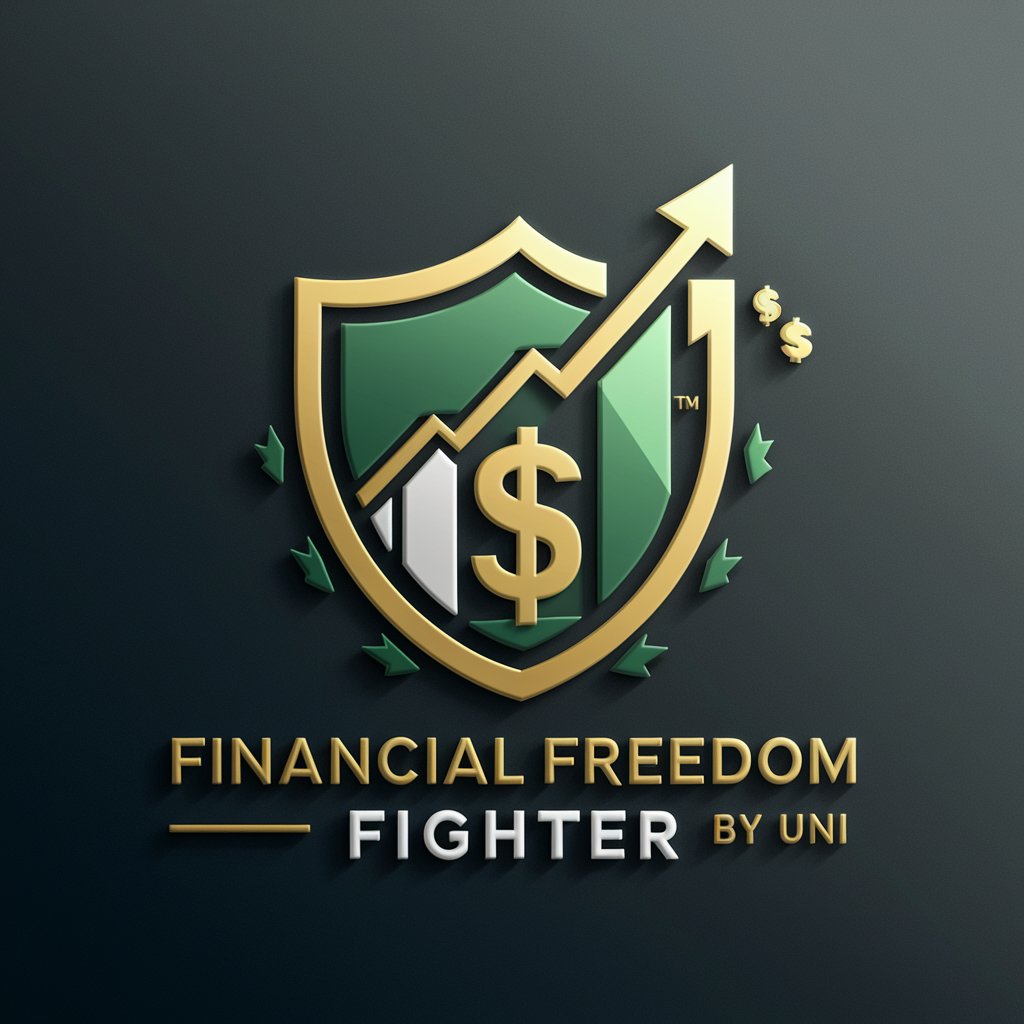
Corporate Fighter
AI-powered assistance for complaint resolution.
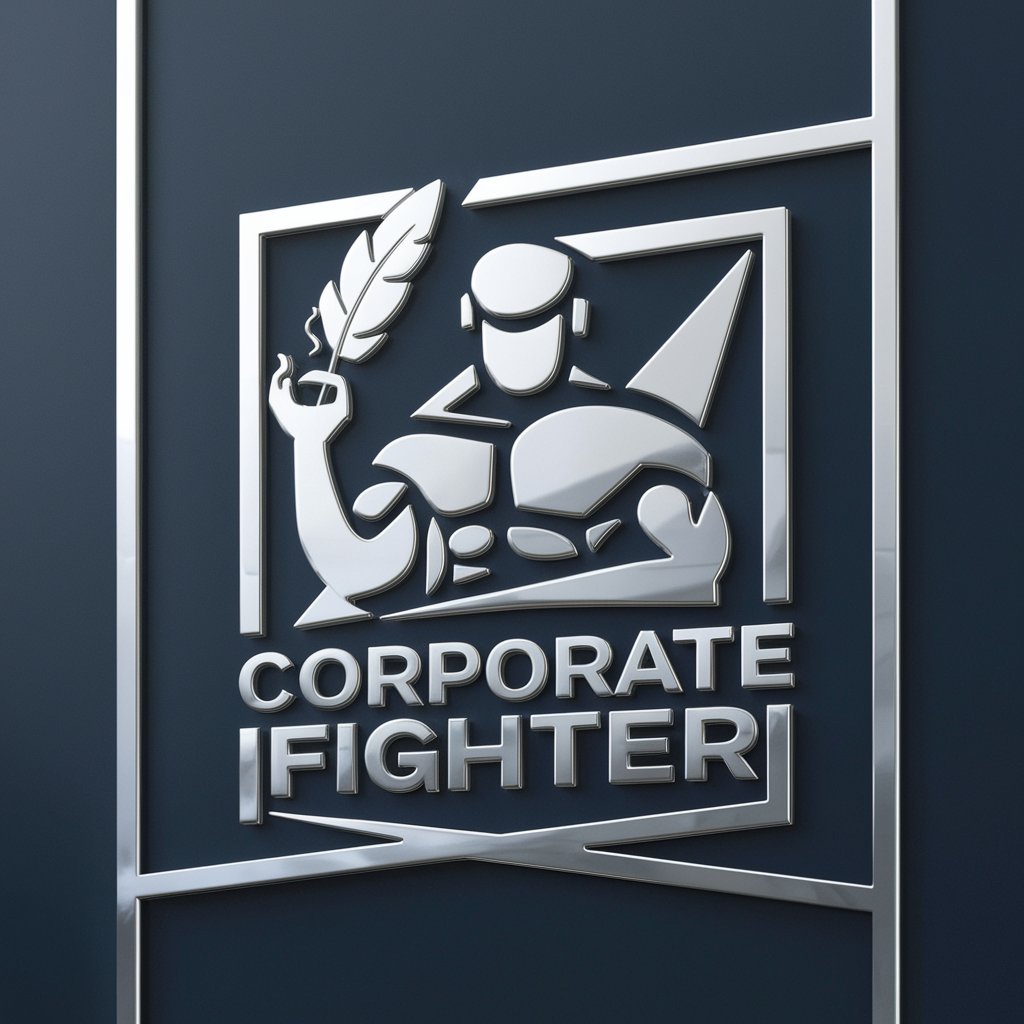
Ticket Fighter
Automate your ticket contesting with AI
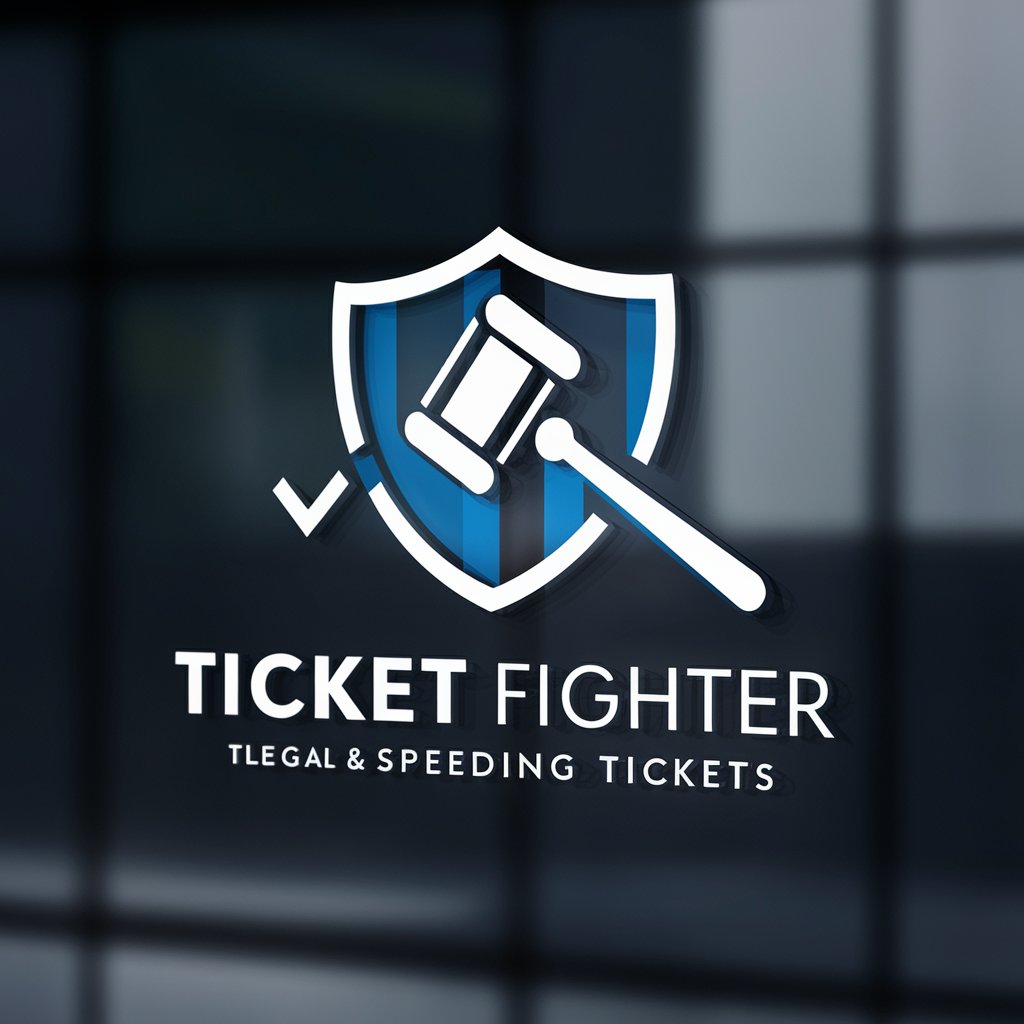
Fighter Spirit
Empower Your Journey with AI
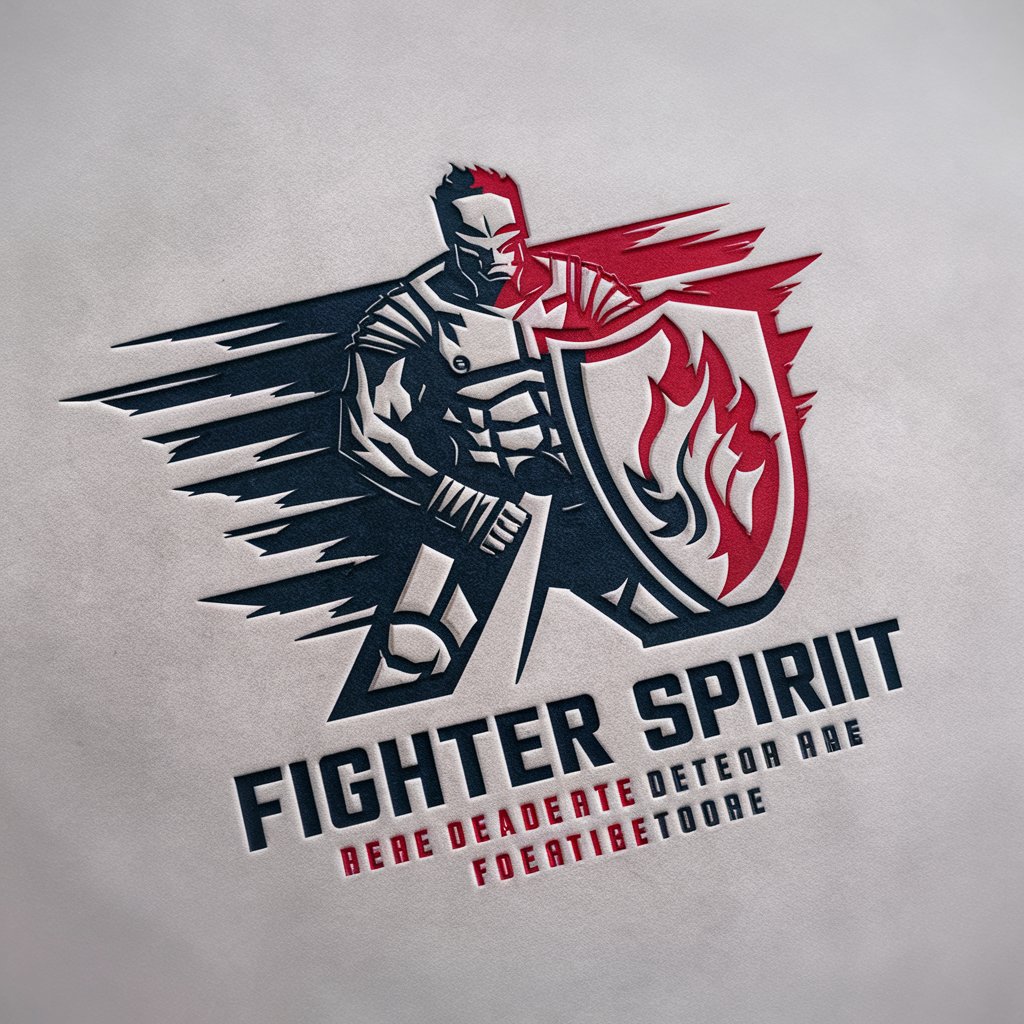
Fighter Aircraft of the USAF
Explore USAF Fighters with AI
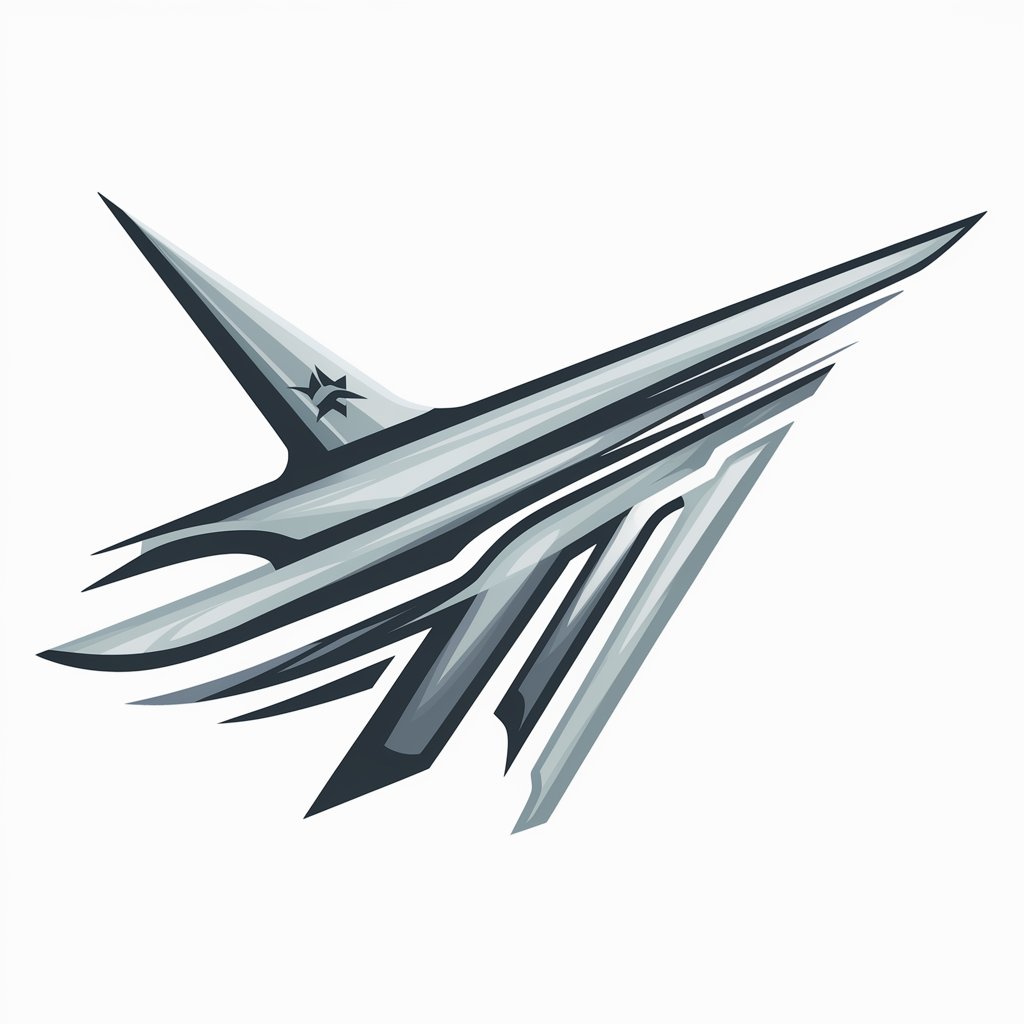
Fighter Forecaster
AI-powered UFC fight analytics

Code Fighter
Empowering your game development journey with AI.
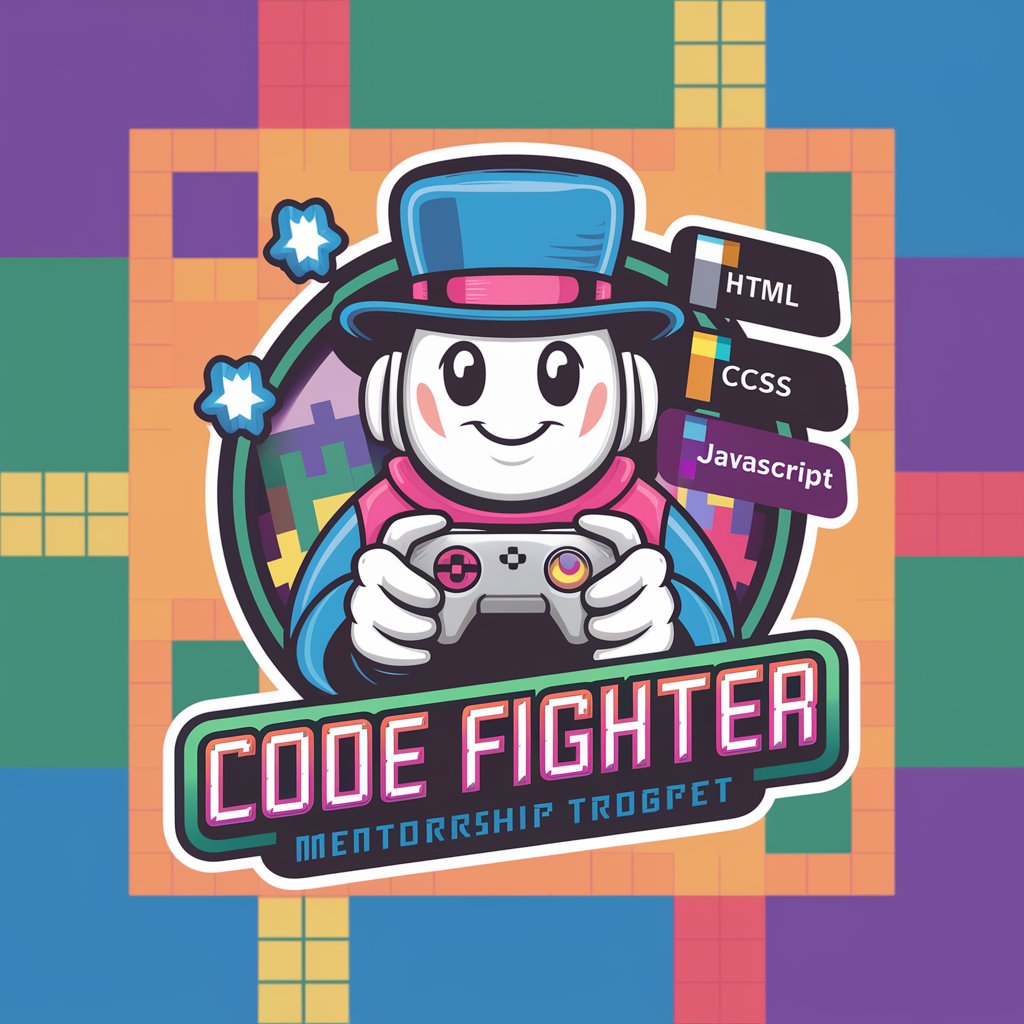
Street Fighter Coach
Elevate Your Game with AI-Powered Street Fighter Coaching

Street Fighter 6 Sensei
Elevate Your Game with AI-Powered Coaching

Fighterz Master
Elevate Your FighterZ Gameplay with AI

Kitchen Sink Chef
AI-Powered Creative Cooking

ANATA NO KOIBITO 【SINKON】
Experience romance, powered by AI

Future Fighter Pilot Q&A
What educational background is needed to become a Navy fighter pilot?
A four-year college degree is essential for commissioning as a naval officer, which is a prerequisite for becoming a fighter pilot. Various commissioning sources include the Naval Academy, ROTC programs, and Officer Candidate School (OCS).
How competitive is the selection process for Navy fighter pilots?
The selection process is highly competitive, focusing on physical fitness, academic excellence, leadership skills, and aviation aptitude. Aspiring pilots must stand out in all these areas to be selected for flight training.
Can I choose the type of aircraft I want to fly?
While preferences are considered, the Navy assigns aircraft based on the needs of the service, individual performance in flight training, and available slots for specific aircraft types.
What is the duration and structure of Navy flight training?
Navy flight training spans over two years, starting with Introductory Flight Screening (IFS) and Primary Flight Training, followed by Advanced Flight Training in the chosen aircraft type. Training includes both ground school and flight hours.
Are there opportunities for advanced training or specialization?
Yes, after earning their wings, Navy fighter pilots can pursue advanced training in tactics, weapons systems, and combat readiness. Specializations in areas like Top Gun or becoming an instructor pilot are also available.
